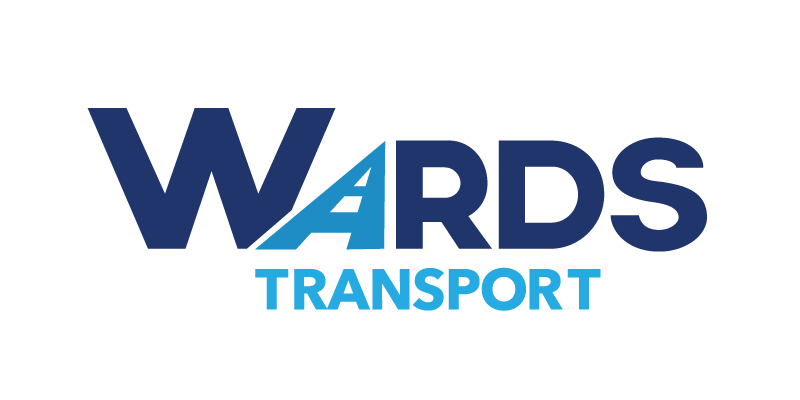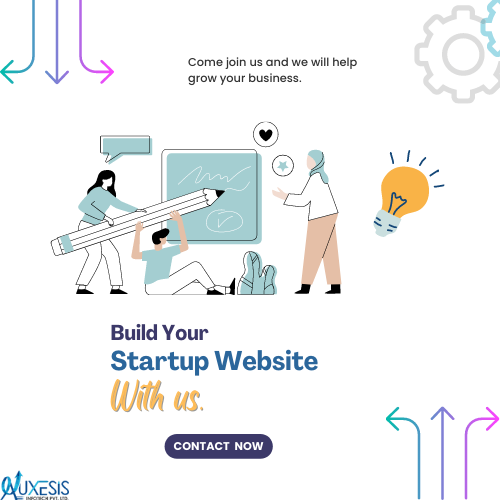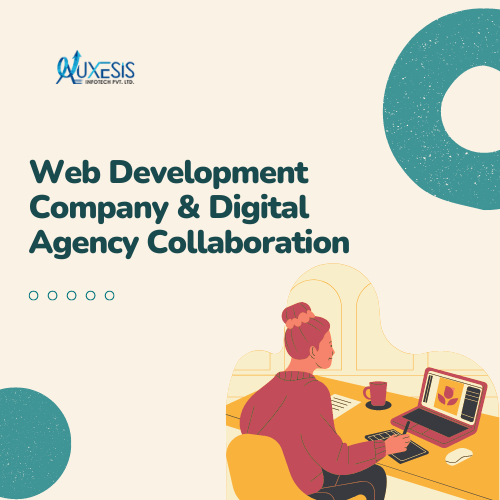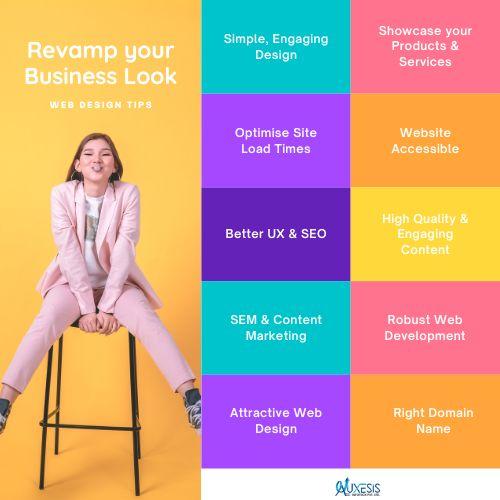
In today's digital age, a startup's success is heavily reliant on an effective and eye-catching online presence. A well-designed website can make all the difference in attracting potential customers and keeping them engaged. In this guide, we'll explore ten web design tips that can help your startup stand out from the competition and achieve success. Incorporating these principles into your website will create a strong foundation for your online presence and set your business up for long-term growth.
1. Prioritize a Simple, Unique, and Engaging Design
Your website's design is the first impression visitors will have of your startup. It should be visually appealing and reflect your brand identity. Avoid using generic templates, as they can make your website look like countless others on the internet and diminish your chances of standing out.
Create a strong visual identity:
To create a memorable and unique impression, invest in a professional logo design. A custom-designed logo will make your brand more recognizable and save your business from potential legal risks associated with using stock images or clip art.
Keep it simple, fresh, and user-friendly:
Less is more when it comes to web design. Visitors typically read only 28% of the words on a webpage, so avoid cluttering your site with excessive text and images. Focus on presenting essential information and using whitespace effectively to create a clean, easy-to-navigate layout.
Use illustrations and graphics strategically:
Consider incorporating illustrations or graphics to make your website more visually engaging. However, avoid overloading your site with images, and confusing and distracting visitors. Select a few high-quality images that showcase your products or services and place them strategically throughout your website.
2. Showcase Your Products and Services Effectively
As a startup, your primary goal is to sell your products or services. Ensure they take center stage on your website by showcasing them clearly and professionally.
Use high-quality images:
If your startup sells physical products, invest in high-quality product photography. Poor-quality images can deter potential customers, while professional photos can make your products more appealing and trustworthy.
Display your offerings prominently:
Whether you're selling products or services, make sure they're easily accessible on your e-commerce website. Create dedicated pages for each offering, with clear descriptions and pricing information. Feature your most popular or important products and services on your homepage to capture visitors' attention and encourage further exploration.
3. Optimize Site Load Times for Better User Experience
Slow-loading websites can frustrate visitors and negatively impact conversions. To ensure your website loads quickly and seamlessly, pay close attention to site optimization.
Choose a reliable hosting provider:
Selecting a reputable hosting provider with adequate bandwidth and infrastructure is crucial for fast load times. Avoid the cheapest options, as they often come with slower speeds and less reliable service.
Optimize images and graphics:
Large, high-resolution images can significantly slow down your website. Compress and resize images to reduce their file size without sacrificing quality. Additionally, consider using CSS sprites to combine multiple images into a single file, which can improve load times.
Minimize the use of heavy scripts and plugins:
JavaScript, Flash, and other scripts can increase load times if not used judiciously. Be selective with the scripts and plugins you use, and ensure they're optimized for performance.
4. Make Your Website Accessible to All Users
Accessibility is crucial for providing a positive user experience for all visitors, including those with disabilities or slow internet connections.
Design for different devices and screen sizes:
With the growing use of mobile devices, designing your website for various screen sizes and resolutions is essential. Implement a responsive design to ensure your website looks and functions well on all devices.
Follow accessibility best practices:
Adhere to web accessibility guidelines, such as providing alternative text for images, using clear and legible fonts, and ensuring proper color contrast. This will make your website more accessible to users with disabilities, such as color blindness or visual impairments.
Maintain consistent design and navigation:
Ensure that your website's design and navigation remain consistent across all pages. This makes it easier for visitors to navigate your site and find the information they seek.
5. Organize Your Website for Better User Experience and SEO
A well-structured website is not only more user-friendly but also more attractive to search engines.
Create a clear and logical site structure:
Organize your website's content into intuitive categories and subcategories, making it easy for visitors to find the information they need. This will also help search engines understand and index your site more effectively.
Optimize headings and subheadings:
Use descriptive and keyword-rich headings and subheadings throughout your website to improve readability and SEO. This will make it easier for both users and search engines to understand your content.
Use internal linking strategically:
Create a network of internal links within your website to guide users to related content and improve your site's SEO. This will help visitors discover more of your offerings and increase the chances of conversion.
6. Prioritize High-Quality, Engaging Content
Creating compelling and valuable content is essential for attracting and retaining visitors and improving your website's search engine rankings.
Write for your target audience:
Tailor your content to the needs and interests of your potential customers. Focus on providing useful information, answering common questions, and addressing pain points to engage users and establish your startup as an authority in your industry.
Keep content fresh and up-to-date:
Regularly update your website with new, relevant content to keep visitors engaged and encourage repeat visits. This will also signal to search engines that your website is active and valuable.
Optimize your content for SEO:
Incorporate relevant keywords and phrases throughout your content to improve your website's visibility in search engine results. However, avoid keyword stuffing, as this can harm your rankings and alienate users.
7. Understand the Distinctions Between Web Design and Web Development
Creating a successful website requires both design and development skills. While some professionals may possess both skillsets, it's common to work with separate designers and developers to achieve the best results.
Web design:
Web designers focus on the visual aspects of a website, such as layout, color scheme, typography, and user interface. They work to create an attractive and functional design that aligns with your brand and appeals to your target audience.
Web development:
Web developers handle the technical side of website building, including coding, server configuration, and database management. They work to ensure your website functions smoothly and integrates seamlessly with other systems, such as e-commerce platforms or content management systems.
8. Choose the Right Domain Name for Your Startup
Your domain name is crucial to your online presence, as it communicates important information about your business and helps users find your website.
Select a memorable and relevant domain:
Choose a domain name that reflects your business name or your products and services. If your desired domain is unavailable, consider alternative options that convey your brand message effectively.
Optimize your URLs for SEO:
Use descriptive, keyword-rich URLs for your website's pages to improve your search engine rankings and make it easier for users to understand your content. Avoid using generic or cryptic URLs, as this can hinder your website's performance in search results.
9. Implement Search Engine Optimization (SEO) and Search Engine Marketing (SEM) Strategies
SEO and SEM are essential for driving traffic to your website and increasing visibility in search engine results. Though these strategies can be complex and time-consuming, they offer significant benefits for startups looking to gain a competitive edge.
Learn the basics of SEO:
Familiarize yourself with the key principles of SEO, such as keyword research, on-page optimization, and link building. Apply these techniques to your website's content and structure to improve its search engine performance.
Invest in SEM campaigns:
Consider running paid search engine marketing campaigns, such as Google Ads, to drive targeted traffic to your website. SEM can be an effective way to generate immediate results and complement your organic SEO efforts.
10. Adopt a Responsive Web Design Approach
With mobile devices accounting for an increasing share of web traffic, ensuring your website functions well on all platforms is crucial.
Design for multiple devices:
Implement responsive web design techniques to create a website that adapts to different screen sizes and resolutions. This will ensure your site looks and works well on desktop computers, laptops, tablets, and smartphones alike.
Test and optimize your mobile experience:
Regularly test your website's performance on various devices and browsers to identify and fix any issues that may arise. Strive to provide a seamless and enjoyable user experience for all visitors, regardless of their preferred device.
By implementing these 10 web design tips, you'll create a strong foundation for your startup's online presence and set your business up for long-term growth. Remember to prioritize simplicity, accessibility, and user experience in your web design efforts, and continually optimize your website for search engine performance. With a well-designed and high-performing website, your startup will be well-positioned for success in the competitive digital landscape.
A startup's need for a website varies based on its business type. Nevertheless, certain advantages are common to all businesses, as mentioned earlier. If you have decided to create a website for your startup, Auxesis Infotech, a renowned web agency, is available to assist you. With years of expertise in the industry, we have completed numerous projects.
Recent Blogs
Our Clients








_0.png)





















Clutch & GoodFirms Reviews
Our success is demonstrated by having the most reviews compared to competitors.
Auxesis Infotech provides web development support on our Drupal platform. They are always flexible enough to help us achieve our goals. Very pleased with Auxesis competance, flexibility, communications and execution.
5

Richard Halderthy
Director Brand & Communications, Saint Gobain Ltd
30 Reviews
Powered by Clutch ![]()
I'm impressed by their communication and speed of action. Ever since we launched the redevelopment, there’ve been many compliments on the improved look, functionality, and ease of navigation.
5

Ryan Titley
Director of Projects, ERRIN
30 Reviews
Powered by Clutch ![]()
Get in touch with us!
Please fill in the form below, and one of us will get you or respond to your queries soon.





